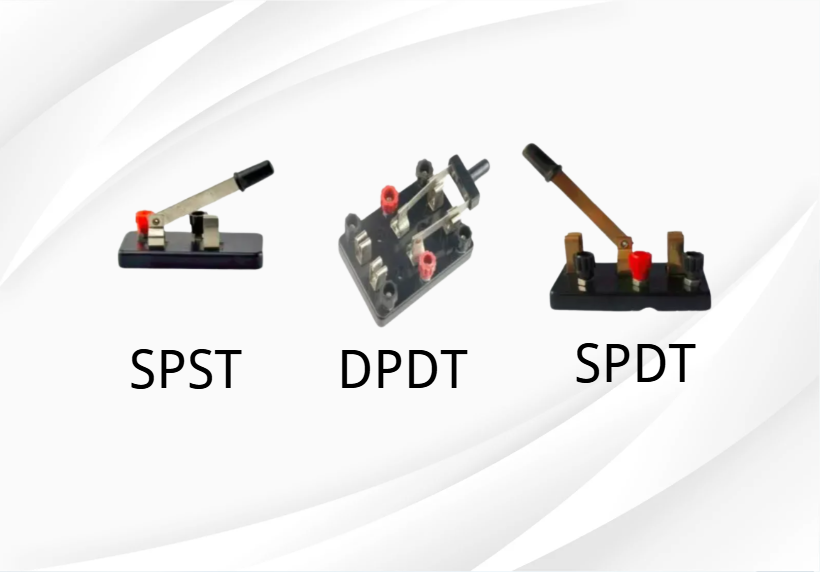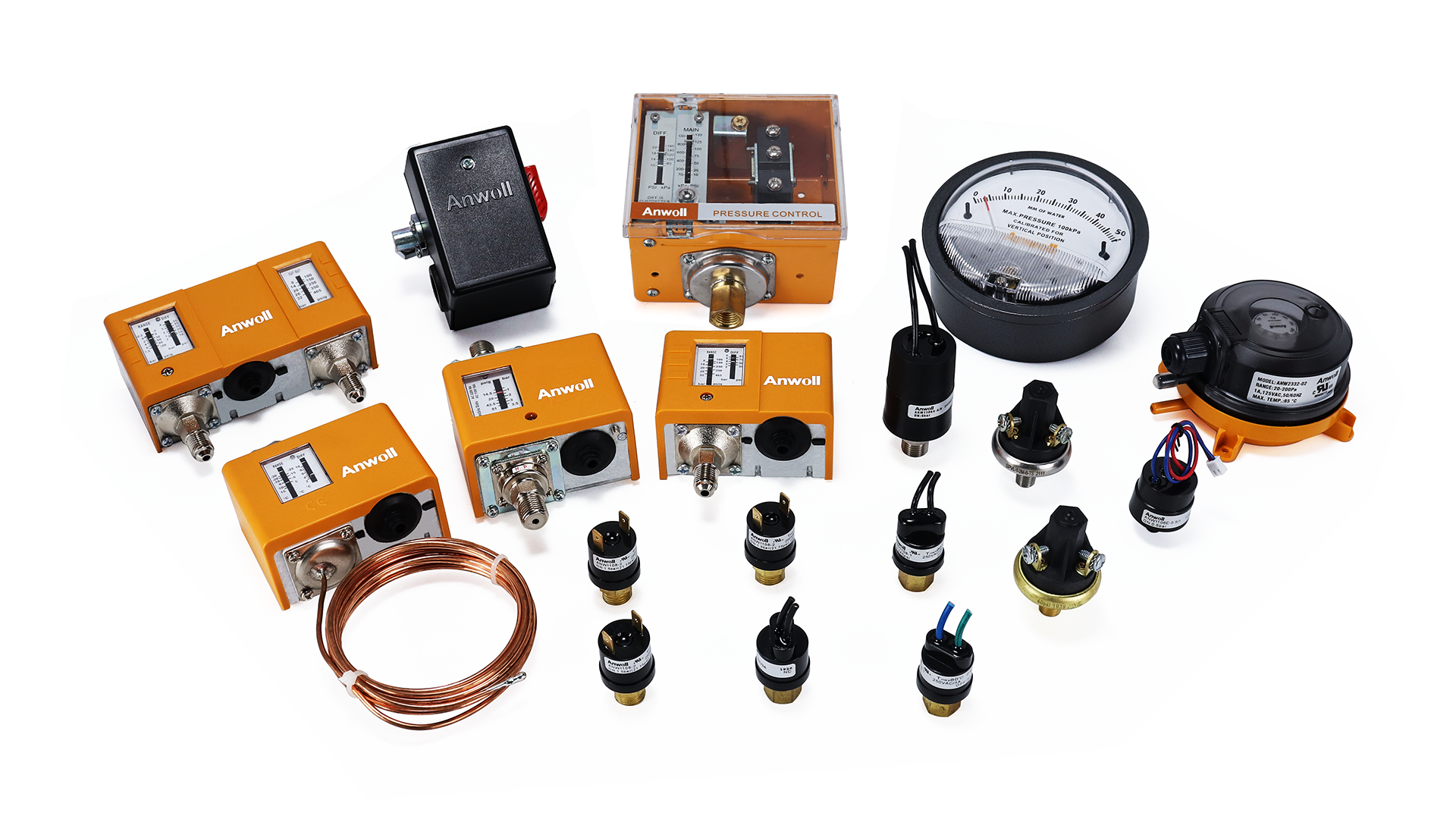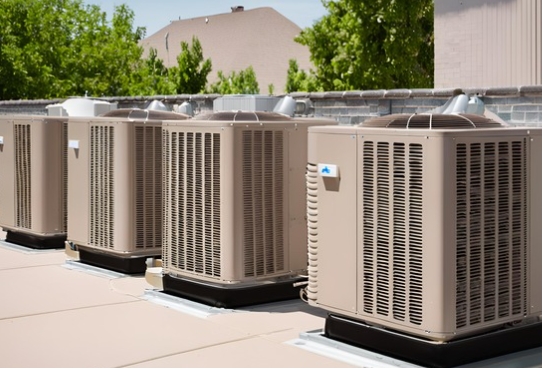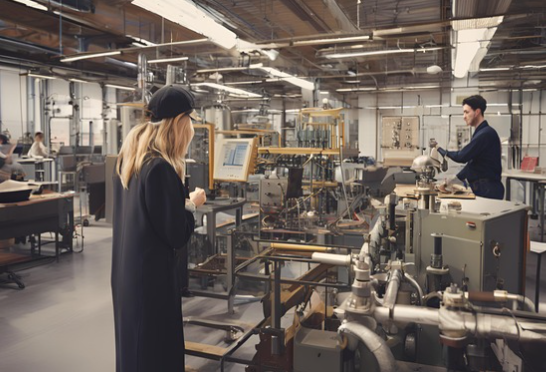Pressure Units and Conversion Fundamentals for Pressure Switch Applications

Opinion | May. 12th, 2025
David Carter
Pressure Product Line Manager
A variety of pressure units coexist to suit different measurement ranges and local conventions.
The SI unit, the pascal (Pa), underpins all others, but engineers often work in kPa, MPa, bar, psi, inches of water (inH₂O), or inches of mercury (inHg) depending on the application’s magnitude and geography. Converting between these units accurately is essential to ensure correct switch settings and clear specifications.
Common Pressure Units
- Pascal (Pa): The SI unit of pressure, defined as one newton per square metre (1 Pa = 1 N/m²). It is named after Blaise Pascal and is often too small for practical use, leading to adoption of larger multiples such as kPa or MPa.
- Kilopascal (kPa) / Megapascal (MPa): 1 kPa = 10³ Pa and 1 MPa = 10⁶ Pa. The kPa is common in general engineering (e.g., tire pressures around 200–300 kPa), while the MPa appears in high-pressure and material-strength specifications (1 MPa ≈ 145 psi).
- Bar / Millibar (mbar): 1 bar is defined as exactly 100 000 Pa, and 1 mbar = 0.001 bar (100 Pa). While not an SI unit, the bar is legal in most regions alongside SI and is heavily used in automotive and industrial contexts; meteorologists report atmospheric pressure in mbar (\~1013 mbar).
- Pound per Square Inch (psi): A US customary unit: 1 psi = 6 894.76 Pa (≈0.00689 MPa). It remains dominant in North American plumbing, pneumatics, and pump specifications.
- Inches of Water Column (inH₂O): Suited to very low pressures (e.g., HVAC airflow). 1 inH₂O ≈ 249.09 Pa (≈0.036 psi).
- Inches of Mercury (inHg): Common in barometry and aviation altimeters. 1 inHg ≈ 3386.39 Pa (≈0.491 psi).
Key Conversion Relationships
Regional and Application Preferences
In North America, psi remains the standard for plumbing, pneumatics, and residential pumps due to legacy practices and equipment calibration in psi units. In Western Europe and many parts of Asia, bar (and mbar/hectopascal) is favored for automotive, industrial hydraulics, and meteorology. Scientific research and technical documentation worldwide generally use kPa or MPa for clarity in SI terms. Specialized fields adopt niche units: HVAC and burner-control draft pressures in inH₂O; aviation and barometry in inHg; scuba-diving cylinder pressures in bar or MPa.
Typical Pressure-Switch Setpoints
HVAC & Air-Flow Switches: Differential switches monitor filter status or airflow control, typically over 0.1–35 inH₂O (25–8 700 Pa) in field-adjustable ranges.
Gas-Burner & Combustion Controls: Safety interlocks often operate between 0.1 and 15 psi (0.7–103 kPa) to verify gas flow or draught conditions.
Residential Water-Pump Systems: Cut-in and cut-out pressures are commonly set at 20/40 psi, 30/50 psi or 40/60 psi (140–414 kPa) depending on well depth and tank specifications.
Industrial Fluid & Hydraulic Systems: Engineers specify pressures in bar or MPa; typical instrumentation covers hundreds of kPa up to tens of MPa to accommodate various process and safety requirements.
Why Unit Mastery Matters
Anwoll pressure switch
Anwoll is a leading developer of pressure measurement and applications, with a mature series of pressure switches suitable for daily and cutting-edge applications.
If you would like to learn more about our pressure switches, please contact us directly.





